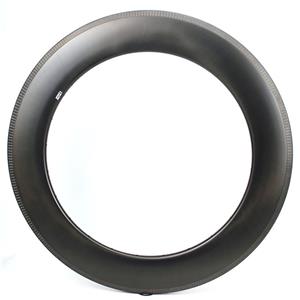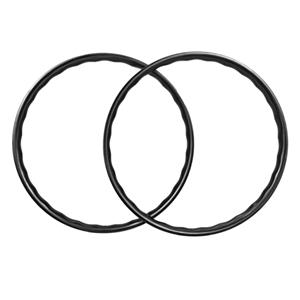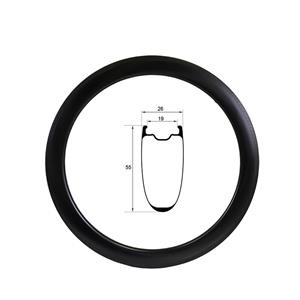Why Modern Road Bike Performance Is Redefined by Disc Brakes
Not long ago, road cycling performance was almost exclusively measured by weight. Every few hundred grams seemed to give riders an advantage on steep climbs. However, as cycling technology has evolved, braking performance has become far more important than weight alone—especially during flat sprints, high-speed descents, and all-weather riding. Reliability and control now define the benchmark for modern road bike performance. TRIPS, leveraging its advanced carbon fiber wheelset technology, explains why disc brakes have become the first choice for contemporary road cycling.

1. Rim Brake vs. Disc Brake: Performance Comparison
Rim brakes and disc brakes each have their merits, but disc brakes are increasingly dominant as riding demands evolve:
| Brake Type | Advantages | Limitations | Ideal Scenarios |
| Rim Brake | Lightweight, simple, low maintenance | Performance is affected by wheel rim and weather; heat buildup can cause fade on long descents | Casual riding, dry conditions |
| Mechanical Disc Brake | Strong braking force, all-weather reliability | Cable wear requires occasional adjustment | Flat roads, wet conditions, city riding |
| Hydraulic Disc Brake | High braking force, precise modulation, comfortable feel | Higher initial cost | Professional training, long descents, racing, all-weather riding |
From the table above, hydraulic disc brakes clearly outperform rim brakes in braking force, stability, and all-weather capability—making them the core standard for modern road bike performance.
2. Key Advantages of Disc Brakes
2.1 Braking Power and Control
Hydraulic disc brakes transmit pressure directly through hydraulic fluid, providing linear and responsive braking. Even on long descents, braking remains stable, avoiding fade caused by rim overheating. TRIPS Hydraulic Disc Brake Road Bike systems are precisely engineered for high-speed cruising and sprinting, delivering smooth and controllable braking.
2.2 All-Weather Performance
Rim brakes lose efficiency in rain, mud, or wet surfaces, whereas disc brakes remain highly reliable. Combined with TRIPS All Weather Road Bike Braking technology, riders experience consistent performance regardless of weather conditions.
2.3 Reduced Heat-Induced Fade
Disc brakes dissipate heat through the rotor and caliper, maintaining stable braking even under continuous downhill braking. Rim brakes, by contrast, suffer performance drops when rims overheat.
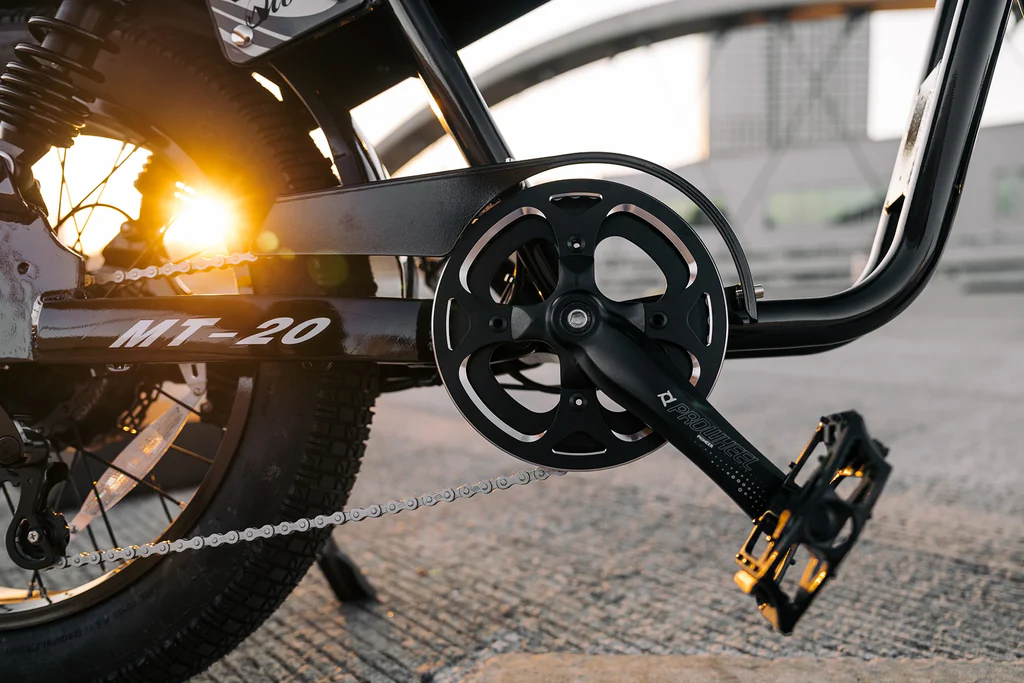
3. Maintenance and Self-Check Tips
Many riders worry that disc brakes are complex, but with basic self-checks, a properly tuned disc brake system can be even more “carefree” than rim brakes.
Basic Self-Check Methods:
Inspect hydraulic fluid levels and replace fluid regularly.
Check rotors for wear or warping, and keep surfaces clean.
Ensure caliper pistons return smoothly and pads contact evenly.
Listen for unusual noises—sharp squealing may indicate debris or worn pads.
Monthly checks are enough to maintain stable performance and avoid frequent pad adjustments.
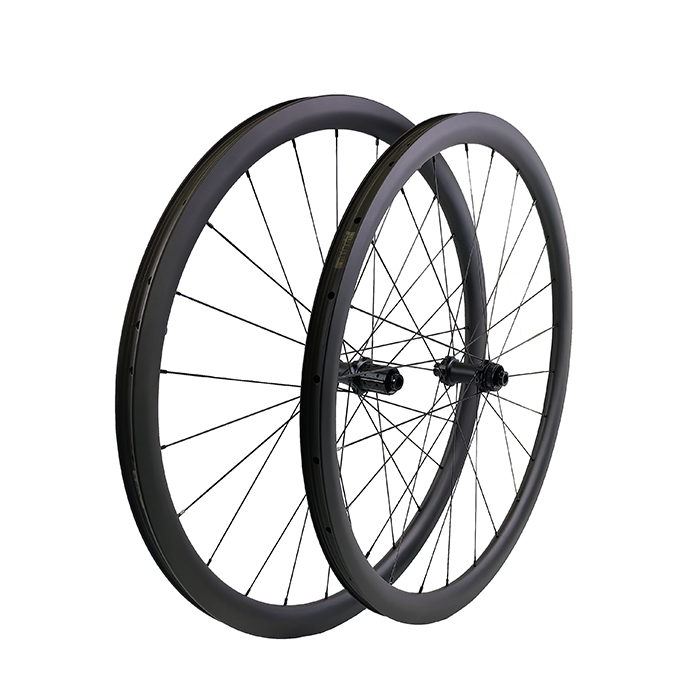
4. TRIPS Disc Brake Wheelset Highlights
TRIPS combines carbon fiber wheelset design with disc brake technology to create high-performance solutions for modern road bikes:
High-strength carbon rims: Optimized for disc brake interface, ensuring stable braking force.
Hydraulic disc brake compatibility: Supports a wide range of hydraulic systems with precise modulation and responsive feel.
All-weather-ready wheelsets: Reliable performance in rain and long descents.
Balanced lightweight and durability: Slight weight increase (tens of grams) does not compromise acceleration or climbing.

5. Real-World Example
An amateur cycling team upgraded their rim brake wheelsets to TRIPS Best Disc Brake Road Bike series:
Average downhill speed increased by ~3 km/h
Reduced power consumption by 2–3 watts on flat sections
Braking performance remained stable in wet conditions, boosting rider confidence
Even with slightly heavier wheelsets, the overall efficiency gains from improved braking far outweigh the benefits of ultralight components.

6. Frequently Asked Questions (FAQ)
Q1: Are disc brakes really safer than rim brakes?
A1: Yes. Disc brakes provide stronger, faster, and more reliable braking, especially in all-weather conditions.
Q2: Are hydraulic disc brakes difficult to maintain?
A2: Basic self-checks and biannual fluid changes are sufficient. A well-tuned system is easier to maintain than rim brakes.
Q3: Will disc brake wheelsets increase overall weight?
A3: Modern carbon designs limit the weight increase to only tens of grams, barely affecting acceleration or climbing.
Q4: Are disc brakes suitable for rainy conditions?
A4: Absolutely. Braking performance remains virtually unaffected by wet surfaces.
Q5: Which bikes are TRIPS disc brake wheelsets compatible with?
A5: Compatible with most modern road bikes featuring mechanical or hydraulic disc brakes, suitable for a wide range of riding styles.
7. Call to Action
Join our online disc brake Q&A live session: Get personalized advice and tuning tips from experts.
Consult for a professional solution: Customize the ideal disc brake wheelset based on your riding style and terrain.
Follow TRIPS official channels: Stay updated on carbon wheelset news, disc brake technology, and cycling tips.
8. Conclusion
The era of road disc brakes has arrived. The performance benchmark for modern road bikes has shifted from weight to braking reliability and control. TRIPS Hydraulic Disc Brake Road Bike series combines high-precision carbon wheelsets with hydraulic brake technology, delivering optimal braking performance, all-weather adaptability, and lightweight efficiency. Choosing TRIPS is not just choosing a wheelset—it’s choosing confidence, safety, and efficiency for every ride.

